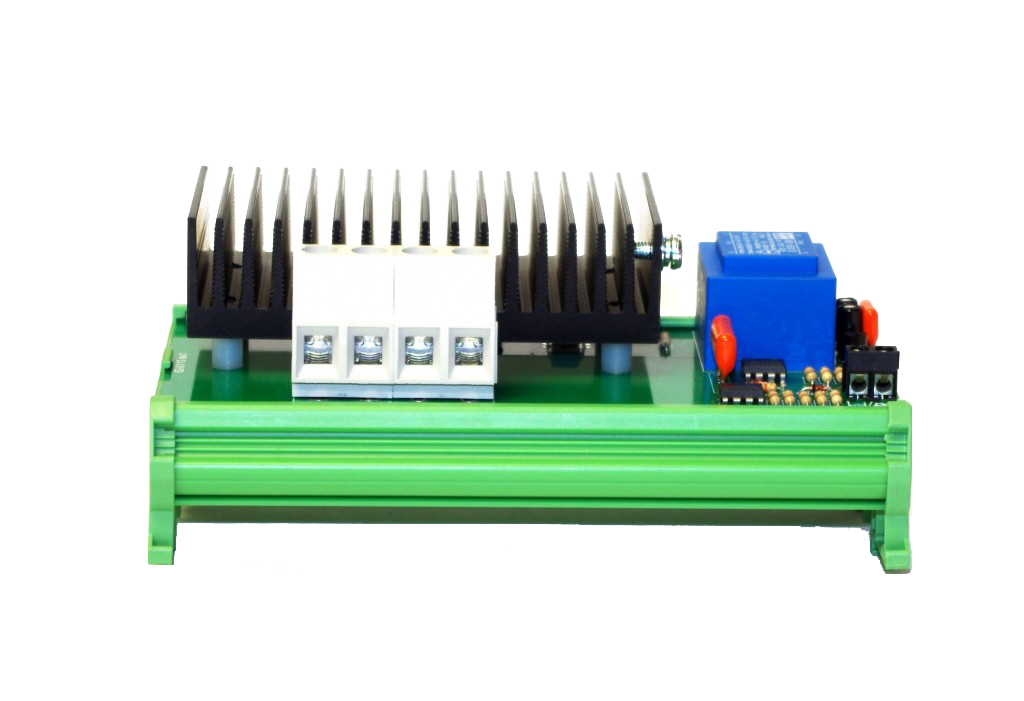AC Heater Systems Control Requirements
Simple AC power systems are used widely in industrial heating applications. In order to provide a properly regulated temperature for the process in question, the supply of power to the heater element needs to be switched on and off to maintain a given temperature level, minimising peaks and troughs. At its most basic level this means making and breaking the power circuit, but in a controlled manner. This can be carried out mechanically, by means of a manually operated switch, electromechanically using contactors, or electronically using thyristors.
Contactor Switching
Mechanical contactors close to make a circuit when a control voltage is applied, and open when the control voltage is removed. This is a relatively low cost solution, but has some disadvantages. Mechanical wear of the contacts gives the device a limited life in terms of the number of operations, and switching frequency is restricted by the mechanical operation time. Mechanical switching is slow, and this means temperature control can suffer, leading to wider fluctuations between on and off cycles. This means contactors are not ideally suited to an application that requires frequent switching operations to closely control temperature. This type of switching can also create radio frequency interference (RFI) which induces noise on the line and may affect other equipment.
Thyristors Explained
A thyristor is a semiconductor device which can be used to switch current on and off. Related to the diode, which only passes current in one direction, a thyristor will not pass current at all unless a control signal is applied to the GATE connection of the device. It continues to pass current until the control signal is removed. As alternating current has a positive and negative aspect, in a full cycle current travels in both directions. One thyristor will only pass current when the direction is forward:

Fig 1. Single thyristor and associated ac waveform (2 cycles)
To control current in both directions two thyristors are used in an inverse-parallel configuration.

Fig 2. Inverse-parallel configuration and associated ac waveform (2 cycles)
Control signals applied to the GATE, or “firing” signals, are timed to switch the power on and off to deliver the power for the required time to control the temperature. As thyristors switch electronically, there are no moving parts which will be subject to wear, and switching frequency can be much higher. This latter characteristic allows much more accurate control over the power applied to heater systems, resulting in less temperature variance.
Thyristor Power Control Configurations
Single or Three Phase
Low power applications can be driven from a single phase AC supply. This will require one inverse-parallel thyristor pair to switch the current and control the output to the heater. Three phase supplies for higher power applications can be controlled by two or three inverse-parallel pairs, depending upon the configuration of the system and firing control techniques being used.
Firing Control Techniques
Firing modes are usually determined by the type of load (resistive or inductive), and the accuracy of the temperature control required. Inductive loads use phase angle firing which is very accurate, and can accommodate a soft start power up, but RFI shielding may be needed to protect any sensitive equipment nearby. The alternative to phase angle control is zero crossover firing which can be used for resistive loads where appropriate, and generates no RFI. The control circuitry increases in complexity and cost as the power system requirement increases from single phase to multi-phase, and from zero cross over to the more accurate phase angle firing.
Thyristors Versus Contactors
Using thyristors in zero crossing mode in place of mechanical contactors for resistive loads results in lower maintenance costs, shorter cycle times, and more accurate control with increased temperature stability.
Putting It All Together – Thyristor Controller Assemblies
For simple HVAC applications Power Products offer a standard range of controllers from 1.5kW to 150kW. Where higher power is required, or for specialised low power configurations, we offer a wide range of scalable single and three phase assemblies, combining thyristor circuits, line fuses, spike protection, cooling fans and options for on-board or external control circuits. If you have a requirement for either standard or bespoke thyristor control, contact us to discuss how we can help.

